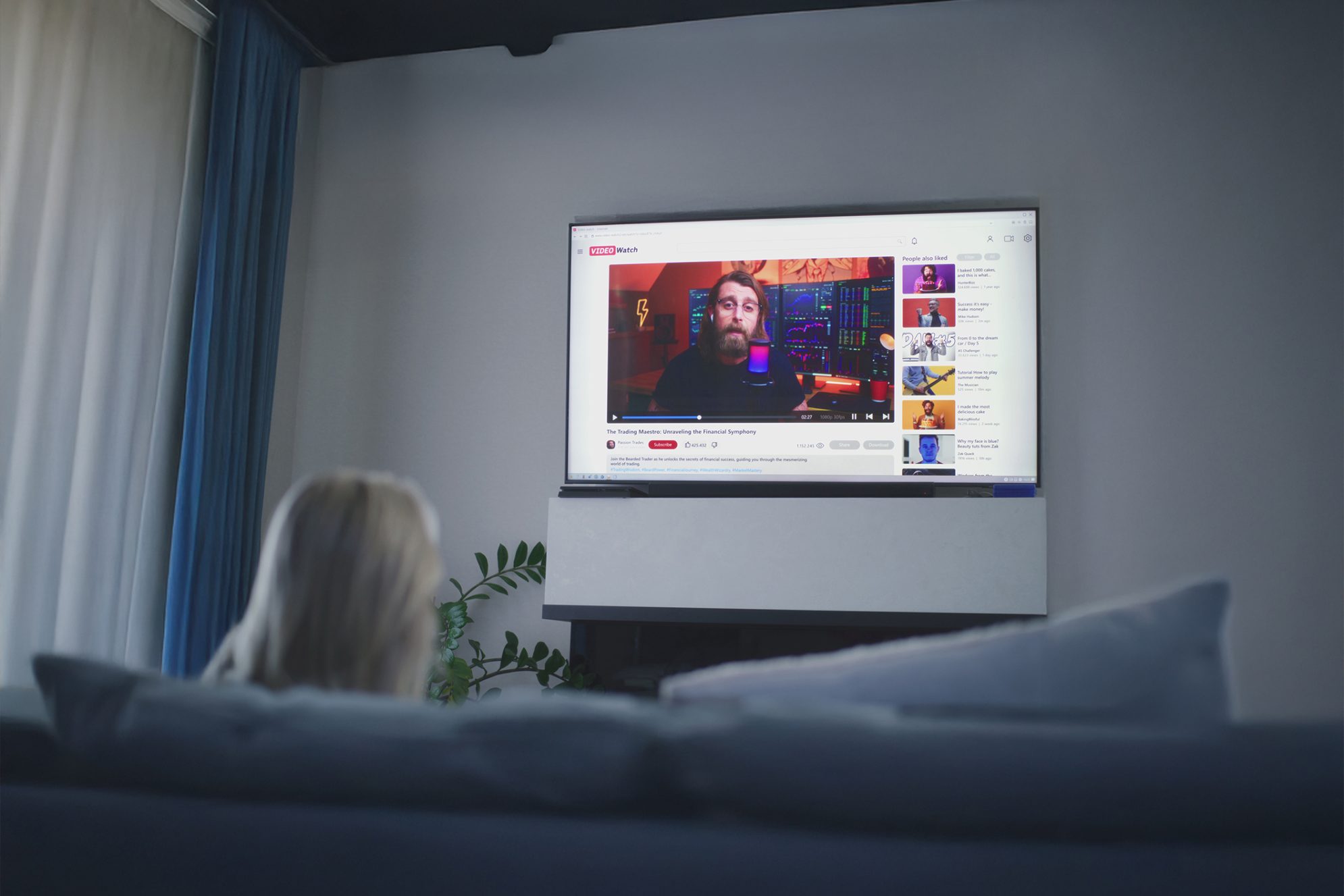
From TV to TikTok: what Ofcom’s latest report tells us about Wales’s changing media habits
How people access and consume content has always been of interest to those of us working in marketing and communications. We need to know who is consuming what, when and how, so that we can target our campaigns with laser-like accuracy. Having the latest data to hand is crucial.
That’s why Ofcom’s Media Nations report is always an interesting read. Published annually, it provides a detailed snapshot of how people across the UK interact with TV, video, radio, audio and online services – both at home and on the go.
As well as confirming what many of us probably could have guessed – that Gavin & Stacey: The Finale was the most watched title of 2024 in Wales, pulling in an average audience of 1.6 million – the report offers valuable insights into how different age groups engage with content.
One of the most striking findings this year is YouTube’s growing dominance. The platform is now second only to the BBC in terms of daily viewing across the UK. In 2024, people in the UK spent an average of 39 minutes a day on YouTube at home, with Wales coming in slightly below the average on 36 minutes.
It’s perhaps unsurprising that younger viewers are driving this trend. According to Ofcom’s analysis, 16-34 year olds watch 18 minutes of YouTube a day on TV, while one in five children aged 4-15 now go straight to YouTube when they switch on the TV.
What may be more surprising is that older adults are also getting in on the game. Ofcom data shows that the over-55s nearly doubled their average daily time spent watching YouTube on their TVs in comparison to the previous year – rising from six minutes in early 2023 to eleven minutes by the end of 2024. The days of assuming that YouTube is solely the playground for Gen Z and Gen Alpha are behind us.
Another standout insight comes from Wales’s radio offering. While YouTube appears to be increasing in popularity with an older audience, BBC Radio Cymru is gaining traction with younger listeners. Between 2024 and 2025, the proportion of 15-24-year-olds tuning in to BBC Radio Cymru almost quadrupled from 3% to 11%. Both of these examples demonstrate the importance of following the stats and always letting the numbers do the talking.
As an avid news hound myself, it was also encouraging to read about news consumption habits, which showed that 79% of adults in Wales say they are either ‘very’ or ‘quite’ interested in news about Wales.
But how they get their news is also illuminating. The BBC remains the most popular source at 42%, but close behind is Facebook at 36% before ITV Cymru Wales/ITV1 at 35%. Online and social media channels followed with 17% accessing news on Instagram; 16% via Google search and 15% on YouTube. Sky News and the Western Mail/Wales on Sunday were used by 13%.
The fact that social media plays such a big role in the way we consume news raises questions around credibility and trust. On the one hand, it gives us access to a much broader range of content and views. On the other, it is challenging for viewers to discern which sources are reliable and what to believe.
Ofcom’s latest report shows that, while the media landscape continues to fragment, the appetite for content is stronger than ever. In fact, Wales now has the highest video consumption of any UK nation – with people spending more than five hours a day watching video content at home. That tells us not only where audiences are, but just how hungry they are for media.
So, what does all of this mean for communicators? Clearly, even if it needs to be said, the days of a one-size-fits-all approach are long gone. As with everything, data driven insights need to be at the heart of everything we do. Understanding your audience is key and the challenge, as ever, is to cut through the noise and reach audiences where they are, not where we assume them to be.
This article was written by our director, Carolyn Pugsley, and featured in the Western Mail on 11 August 2025.
